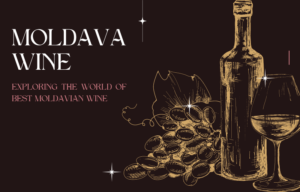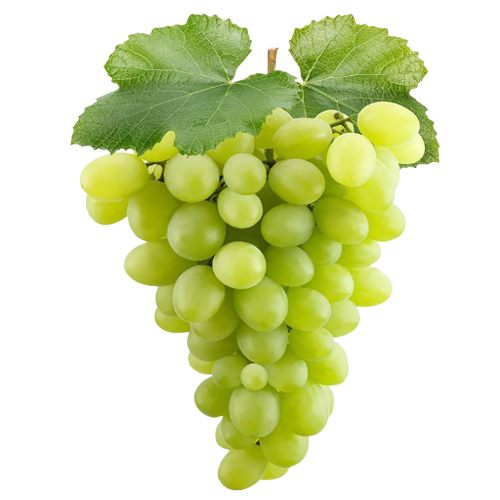
Moldova, known for its rich viticulture heritage, has a long-standing history of wine making that dates back centuries. In the period preceding the establishment of the Union of Soviet Socialist Republics (USSR), Moldovan wine faced numerous challenges, including political and social upheavals that greatly influenced vine cultivation and winemaking practices. This article delves into the early 20th century, exploring the impact of events such as the First World War, the Russian revolutions, the formation of the Democratic Republic of Moldova, and the subsequent integration into a new socioeconomic context after reunification with Romania.
Effects of Social Disturbances
The vineyards of Basarabia, the historical region now encompassing a significant portion of modern-day Moldova, were gradually recovering from the devastating prophylaxes and cryptogrammic diseases that ravaged the vines. However, their progress was hindered by a series of social disruptions that unfolded during this period. The outbreak of the First World War and the subsequent Russian revolutions had a profound impact on wine production. By 1918, wine production in Basarabia had decreased from a previous output of 5-6 million buckets annually to 3.5 million buckets. Moreover, wine maturation came to a halt, exacerbating the challenges faced by the industry.
Challenges and Transformations
Several factors contributed to the setbacks experienced by Moldovan winemakers during this period. Lack of demand, rising costs associated with establishing and maintaining new vineyards, and the absence of preferential loans for vineyard development initially hampered progress. In response, a significant increase in the cultivation of directly producing hybrids, which accounted for approximately 93% of the total vineyard area, was observed. These hybrids were hardier and more resistant to disease, making them a practical choice in challenging circumstances.
Reforming and European Influence
In the early 1940s, measures were undertaken to improve the situation and enhance the competitiveness of Moldovan wines. This included the phased removal of hybrid plantations and the encouragement of planting European grape varieties. The objective was to elevate the quality and reputation of Moldovan wines in both domestic and international markets. Unfortunately, these initiatives were short-lived due to the outbreak of the Second World War, which once again disrupted the progress made by the Moldovan wine industry.
Title: Moldovan Wine: Flourishing in the USSR Period with Vast Vine Cultivation
Moldova, a country renowned for its wine making tradition, experienced a significant transformation in its wine industry during the period of the Union of Soviet Socialist Republics (USSR). This era was characterized by extensive vine cultivation, record-breaking harvests, and an expansion of vineyard areas. This article explores the remarkable growth of Moldovan wine production, focusing on the USSR period and its impact on vineyards, grape varieties, and cultivation practices.
Expansion of Vineyard Areas and Grape Varieties
In 1945, a comprehensive census of vineyards revealed that Moldova boasted approximately 98.5 thousand hectares of vineyard land, with a mere 15% of gaps between the plantations. The existing vineyards were predominantly aged 20 years or older, reflecting the long-standing viticultural heritage of the region. Among the grape varieties, European varieties accounted for roughly 7% of the total vineyard area. Prominent examples included Aligote, Chasselas, Gamay Noir, Muscat Blanc, Cinsaut, Cabernet Sauvignon, Riesling, and Pinot Gris. Additionally, local varieties like Rara Neagra were prevalent, covering a significant portion of the vineyard area. The expansion of vineyard areas spurred the growth of winemaking enterprises, encompassing primary processing entities, wine factories in cities like Chisinau, Tiraspol, and Balti, as well as specialized factory sovkhozes such as “Cialac”, “Trifesti”, “Ciumai”, “Gratiesti”, “Purcari”, “Seseni”, and “Romanesti”. The remarkable progress was evident as, by 1967, the volume of wine production had increased by a staggering 22 times compared to the 1945 levels. This surge led to the production of 1.7 million bottles of sparkling wine and 363 thousand dals of distillates.
Rapid Growth and Reform
Following restoration and development measures implemented in the wine sector, the vineyard area expanded to 106 thousand hectares by 1953. Notably, 83% of the vineyards were concentrated in the collective farms known as kolkhozes. However, the vast majority of the vineyard area (around 91%) still comprised hybrid grape varieties. The situation gradually improved from 1958 onwards, leading to a significant reduction in hybrid vineyards by the late 1990s.
Strategic Assortment Development
During the USSR period, Moldovan authorities aimed to enhance the assortment and quality of wines produced in the region. As part of this effort, recommendations for industrial cultivation were established in various years, including 1945, 1952, 1958, and 1964. These recommendations outlined the main grape varieties suitable for cultivation and identified the key areas for vineyard expansion. In terms of white wines, the focus shifted towards increasing the cultivation of varieties such as Aligote, Feteasca, Riesling, Rkatiteli, Traminer, and others. For red wines, the emphasis was placed on varieties such as Cabernet Sauvignon, Merlot, Malbec, Saperavi, Serecezione, and Gamay Freaux.
The Success of Moldovan Wine in the USSR
The concerted efforts made during the USSR period contributed to the remarkable growth and recognition of Moldovan wine. Mass vine cultivation, record-breaking harvests, and expanded vineyard areas propelled Moldova into the spotlight as a significant wine producer within the Soviet Union. Moldovan wines gained popularity not only domestically but also among Soviet citizens throughout the vast country. The reputation of Moldova as a reliable and high-quality wine region began to flourish.
In 1960 Moldova held the distinction of producing every fourth bottle of wine consumed within the USSR. In the 1980s, Moldova reached new heights in its wine production, achieving a record yield of 12 million hectoliters from its vast 193,000 hectares of vineyards. The country was ranked 6th in the world, trailing only behind Spain, Italy, France, Portugal, and Romania, in terms of vineyard areas, global grape production, and volume of wine produced. Moldova had become a significant player in the international wine market, and every fourth bottle of wine consumed within the USSR was produced in Moldova.
However, during this period, Moldova also faced challenges with the beginning of the anti-alcohol campaign in 1985. This campaign sought to reduce alcohol consumption in the Soviet Union, leading to changes in consumer behavior and posing further obstacles to the flourishing wine industry.



